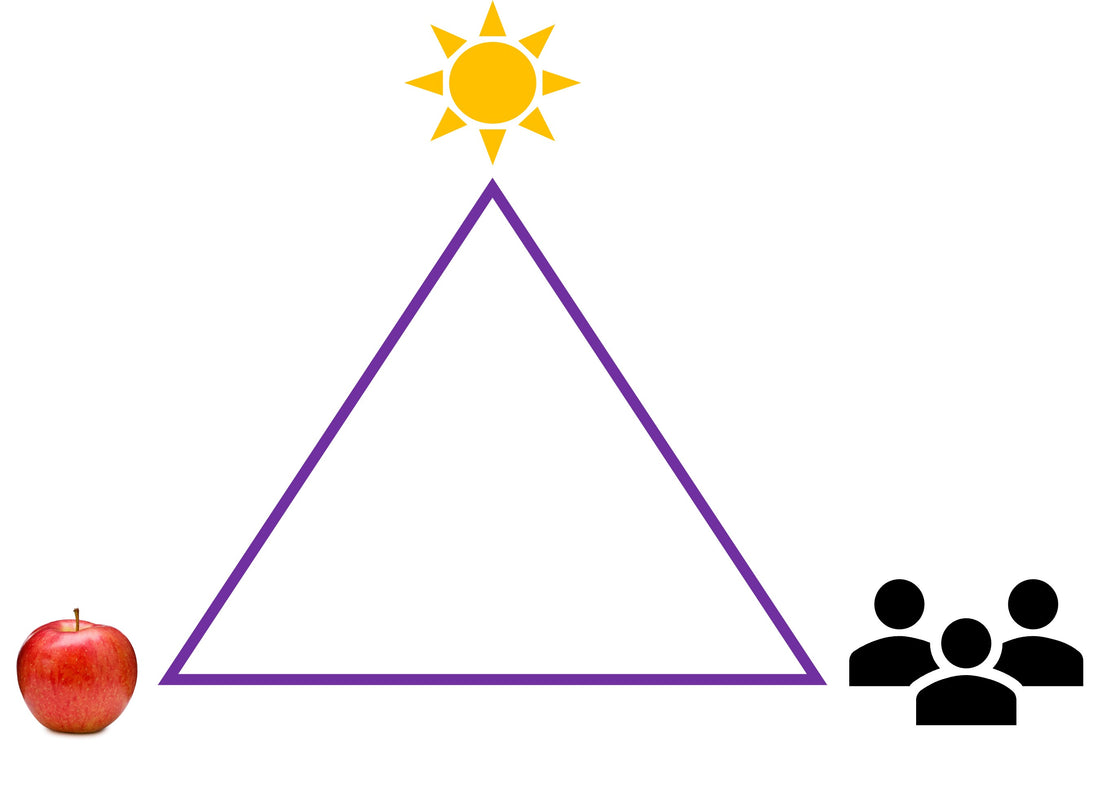
The Science of Colour - What is Colour?
Share
Let's delve into the fascinating world of color together! 🌈
I've been on a colorful journey, exploring the science of color, and I'm excited to share my discoveries with you. In the upcoming posts, we'll be diving into various aspects of color, from the nitty-gritty physics that make it tick to the very essence of what color truly is, and yes, even the secret code of colors. So, stay tuned for a rainbow of knowledge!
Now, let's kick things off by pondering one simple yet profound question: What is Color?
Color, my friends, is a wondrous sensory perception, much like smell and taste, and here's the kicker—it's unique to each of us. Our human ability to perceive color is nothing short of mind-boggling. We can discern tens of millions of different colors, and while we might not be able to name every single one, most of us can certainly see them. It's interesting that in the English language, we only have 11 color-specific names: black, grey, white, red, yellow, green, blue, orange, purple, brown, and pink. All other color names tend to involve items (like duck's egg blue or emerald green), emotions (think angry red or stormy gray), other languages (hello chartreuse and grenadine), situations (navy blue and royal purple), or animals (like salmon pink or canary yellow). What's even more intriguing is that each of us can conjure up a slightly different image of a color associated with these names, shaped by our own unique experiences and the world around us.
Color isn't a tangible, physical attribute; it's a wonderfully subjective sensation. It defies quantification or numerical description that can truly capture the full breadth of the experience.
Now, when it comes to fabrics, color becomes even more complex. Fabric is a blend of multiple factors—think an orchestra of colors forming intricate patterns, textures adding a dash of intrigue to the reflection, and suppleness creating a captivating interplay of hues. Take a red fabric, for instance. When it's bathed in white light, it has the potential to reflect that light, but due to its texture, it won't be a flawless mirror. The fabric itself doesn't inherently possess color; instead, it's the textile dyes and pigments that work their magic. They selectively absorb certain wavelengths of light while reflecting others. The result? The color of fabric is determined by a trifecta: the light source, the textile material or object, and the observer. It's an intricate dance, and if you remove just one piece of this colorful puzzle, the visual symphony of color vanishes.
Now, that, my friends, is the power of color! 🎨✨
Happy Sewing
Jody
I've been on a colorful journey, exploring the science of color, and I'm excited to share my discoveries with you. In the upcoming posts, we'll be diving into various aspects of color, from the nitty-gritty physics that make it tick to the very essence of what color truly is, and yes, even the secret code of colors. So, stay tuned for a rainbow of knowledge!
Now, let's kick things off by pondering one simple yet profound question: What is Color?
Color, my friends, is a wondrous sensory perception, much like smell and taste, and here's the kicker—it's unique to each of us. Our human ability to perceive color is nothing short of mind-boggling. We can discern tens of millions of different colors, and while we might not be able to name every single one, most of us can certainly see them. It's interesting that in the English language, we only have 11 color-specific names: black, grey, white, red, yellow, green, blue, orange, purple, brown, and pink. All other color names tend to involve items (like duck's egg blue or emerald green), emotions (think angry red or stormy gray), other languages (hello chartreuse and grenadine), situations (navy blue and royal purple), or animals (like salmon pink or canary yellow). What's even more intriguing is that each of us can conjure up a slightly different image of a color associated with these names, shaped by our own unique experiences and the world around us.
Color isn't a tangible, physical attribute; it's a wonderfully subjective sensation. It defies quantification or numerical description that can truly capture the full breadth of the experience.
Now, when it comes to fabrics, color becomes even more complex. Fabric is a blend of multiple factors—think an orchestra of colors forming intricate patterns, textures adding a dash of intrigue to the reflection, and suppleness creating a captivating interplay of hues. Take a red fabric, for instance. When it's bathed in white light, it has the potential to reflect that light, but due to its texture, it won't be a flawless mirror. The fabric itself doesn't inherently possess color; instead, it's the textile dyes and pigments that work their magic. They selectively absorb certain wavelengths of light while reflecting others. The result? The color of fabric is determined by a trifecta: the light source, the textile material or object, and the observer. It's an intricate dance, and if you remove just one piece of this colorful puzzle, the visual symphony of color vanishes.
Now, that, my friends, is the power of color! 🎨✨
Happy Sewing
Jody